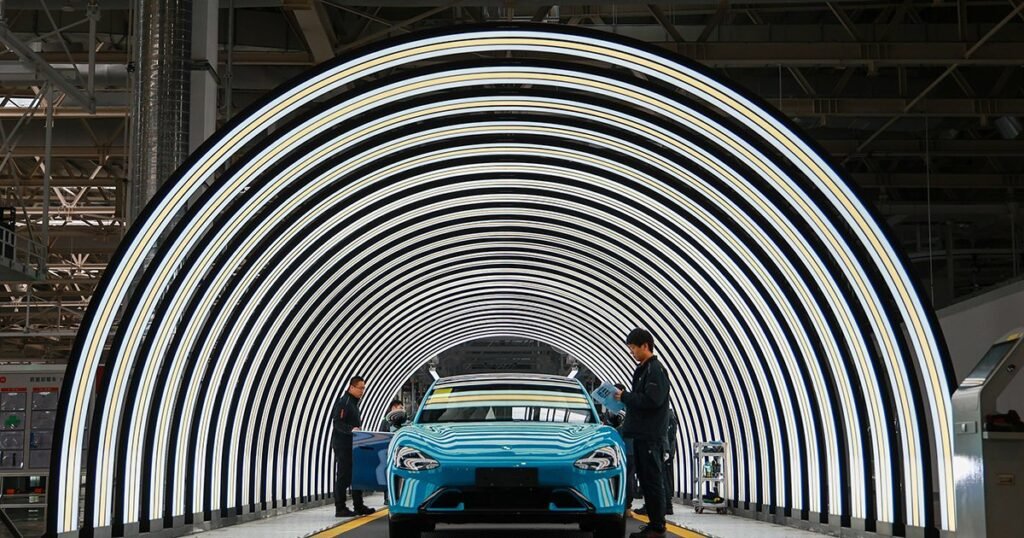Sign up to receive CFR President Mike Froman’s analysis on the most important foreign policy story of the week, delivered to your inbox every Friday afternoon. Subscribe to The World This Week.
More From Our Experts
Earlier this week, I published an essay in Foreign Affairs on how China has already effectively remade the international economic system.
More on:
Washington warned Beijing for decades that the benign international economic environment it was dependent upon for economic growth would disappear, unless it modified its predatory economic policies. Those warnings went largely unheeded. Instead, China doubled down on its policies.
Today, having failed to make China more like the United States, Washington is now acting more like Beijing: protectionism, restrictions on investment (inward and outbound), subsidization, and industrial policy. This is essentially nationalist state capitalism. The question is whether Washington can play by Beijing’s set of rules as well or better than China can.
President Donald Trump seems less enthusiastic about industrial policy than former President Joe Biden, preferring to rely more on tariffs to incentivize production in the United States. This week, Trump announced 25 percent tariffs on imported passenger vehicles, light trucks, and certain auto parts like engines and transmissions. Next week, on April 2, we will learn of the Trump administration’s plans for what could be an entirely new, reciprocal approach to the global tariff regime.
More From Our Experts
When it comes to tariffs, Trump has indicated that consumers’ purchasing power is of lower priority than in the past, and he has acknowledged that the Americans might feel “some pain.” But when American farmers, ranchers, and workers who produce manufactured products adversely affected by the cost of inputs or the impact of retaliation begin to complain, it will be interesting to see whether their protests have any impact on the administration’s approach. One of the challenges of globalization was that the benefits were broadly shared (e.g., by consumers), but the costs were acutely felt (e.g., by workers in specific industries). The Trump approach faces the opposite challenge: the costs will be broadly distributed, while the benefits will be enjoyed by relatively few. At the same time, it remains to be seen whether Trump’s on-again, off-again tariff announcements will provide sufficient certainty and incentive for companies to move their production or relocate their supply chains to the United States.
Whether or not the United States can compete with China on China’s terms, the fundamental truth remains: In the struggle over who gets to set the rules of international competition, this round is over. And China won.
More on:
Go ahead and give the full essay a read at the link, and let me know what you think.







